Home>Gardening & Outdoor>Landscaping Ideas>How Does Zoysia Grass Spread
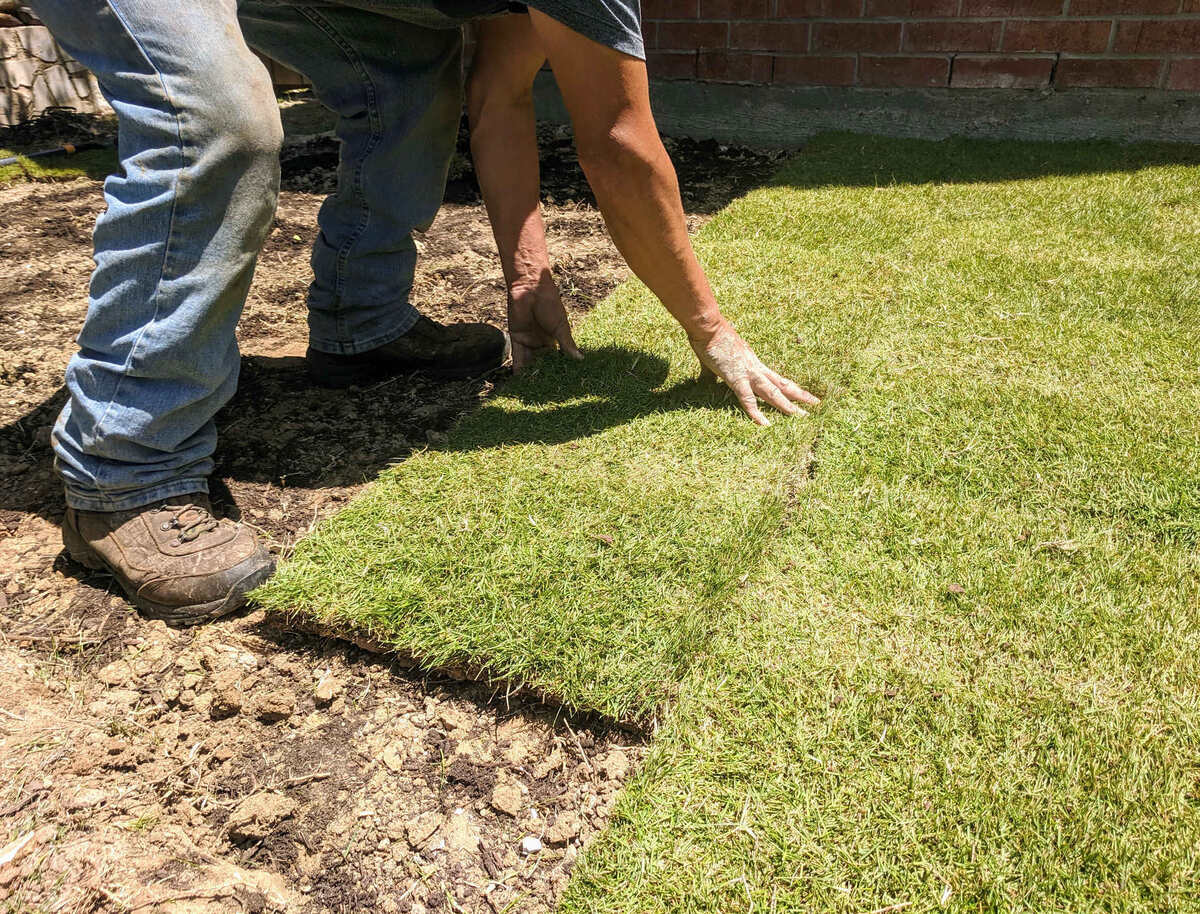

Landscaping Ideas
How Does Zoysia Grass Spread
Modified: March 28, 2024
Learn how Zoysia grass spreads and get landscaping ideas for your yard. Discover the best methods for Zoysia grass propagation and maintenance.
(Many of the links in this article redirect to a specific reviewed product. Your purchase of these products through affiliate links helps to generate commission for Storables.com, at no extra cost. Learn more)
Introduction
Welcome to the world of Zoysia grass, where lush green lawns and vibrant landscapes thrive. If you’re curious about how this resilient and visually stunning grass variety spreads, you’ve come to the right place. In this comprehensive guide, we’ll delve into the natural and artificial spread of Zoysia grass, uncover the factors influencing its growth, and gain a deeper understanding of its unique characteristics. Whether you’re a landscaping enthusiast, a homeowner looking to elevate your outdoor space, or a professional in the green industry, this article will provide valuable insights into the fascinating world of Zoysia grass spread.
Key Takeaways:
- Zoysia grass spreads naturally through underground stems and aboveground runners, creating a lush and resilient lawn. Its self-sustaining growth fills bare patches and outcompetes weeds, reducing the need for chemical herbicides.
- Artificially, Zoysia grass can be spread through sod, plugs, sprigs, or seed, allowing for versatile landscaping options. Factors like climate, soil quality, and maintenance practices influence its spread, shaping vibrant and resilient outdoor spaces.
Read more: How To Spread Zoysia Grass
Understanding Zoysia Grass
Zoysia grass, scientifically known as Zoysia, is a warm-season grass celebrated for its dense, lush growth and remarkable tolerance to heat, drought, and foot traffic. This resilient grass variety is a popular choice for lawns, golf courses, and athletic fields due to its exceptional adaptability and low maintenance requirements.
With a fine to medium texture and a vibrant green hue, Zoysia grass adds a touch of elegance to any landscape. It thrives in full sun but also exhibits impressive shade tolerance compared to other warm-season grasses. Its ability to establish a dense, uniform turf makes it a sought-after option for properties seeking a visually appealing and durable lawn surface.
One of the key characteristics of Zoysia grass is its vigorous growth habit, which enables it to spread and fill in bare patches over time. This natural spreading behavior contributes to its ability to create a seamless and uniform lawn, enhancing the overall aesthetic of outdoor spaces.
As we explore the spread of Zoysia grass, it’s essential to appreciate the unique attributes that make this grass variety a top choice for landscaping projects. From its resilience to its visual appeal, Zoysia grass continues to captivate homeowners and landscaping professionals alike, earning its reputation as a premier turfgrass option for various applications.
Natural Spread of Zoysia Grass
The natural spread of Zoysia grass is a fascinating process driven by its rhizomatous and stoloniferous growth habits. Rhizomes are underground stems that extend horizontally, producing roots and shoots at various nodes, while stolons are aboveground stems that grow horizontally and give rise to new plants at their nodes. These growth mechanisms enable Zoysia grass to expand and create a dense turf over time.
When left to its natural devices, Zoysia grass gradually spreads outward from its point of origin, sending out rhizomes and stolons to colonize new areas within the landscape. As these specialized stems take root and develop into individual plants, they contribute to the overall expansion and coverage of the grass, resulting in a visually cohesive and lush lawn surface.
The natural spread of Zoysia grass is a testament to its ability to regenerate and propagate, making it a self-sustaining and resilient grass variety. This spreading behavior not only fills in bare patches but also helps the grass withstand environmental stressors and recover from disturbances, ensuring the long-term health and vitality of the lawn.
Furthermore, the natural spread of Zoysia grass contributes to its ability to outcompete weeds and undesirable grass species, leading to a more uniform and aesthetically pleasing lawn. This natural suppression of weed growth is a valuable benefit of Zoysia grass, reducing the need for chemical herbicides and manual weed control efforts.
By understanding the natural spread of Zoysia grass, homeowners and landscaping professionals can harness its inherent growth capabilities to establish and maintain stunning lawns that stand the test of time. Embracing the natural spread of Zoysia grass allows for the creation of resilient, low-maintenance landscapes that exude natural beauty and charm.
Artificial Spread of Zoysia Grass
While Zoysia grass possesses remarkable natural spreading capabilities, its artificial spread involves intentional methods employed to establish or expand its presence within a landscape. Landscaping professionals and homeowners often utilize several techniques to encourage the deliberate spread of Zoysia grass, allowing for the creation of lush, uniform lawns and vibrant outdoor spaces.
One common method of artificial spread is through sod installation. Zoysia grass sod, consisting of mature grass plants and soil held together by roots, provides an efficient way to establish an instant lawn. By laying Zoysia sod in designated areas, individuals can expedite the spread of the grass and achieve immediate coverage, transforming bare soil into a verdant carpet of green.
Another approach to artificial spread involves using Zoysia grass plugs or sprigs. Plugs are small, rooted sections of Zoysia grass that are strategically planted across the desired area, allowing them to grow and gradually spread to form a cohesive turf. Similarly, sprigs, which are small stem cuttings, can be scattered and encouraged to take root, initiating the expansion of Zoysia grass within the landscape.
Furthermore, the use of Zoysia grass seed allows for the artificial spread of this resilient grass variety. By sowing Zoysia grass seed in prepared soil, individuals can kickstart the growth and spread of the grass, fostering the development of a lush and vibrant lawn over time. While the establishment from seed may take longer compared to sod, plugs, or sprigs, it offers a cost-effective and rewarding method of expanding Zoysia grass coverage.
Artificial spread techniques enable individuals to tailor the presence and coverage of Zoysia grass according to their specific landscaping goals. Whether creating a new lawn or enhancing an existing one, the deliberate spread of Zoysia grass through sod, plugs, sprigs, or seed empowers individuals to craft visually stunning and resilient outdoor environments.
Factors Affecting Zoysia Grass Spread
The spread of Zoysia grass is influenced by various factors that shape its growth, development, and overall coverage within a landscape. Understanding these factors is essential for optimizing the spread of Zoysia grass and fostering healthy, resilient lawns that exude natural beauty and vitality.
Read more: How Does Buffalo Grass Spread
1. Climate and Environmental Conditions
Zoysia grass spread is significantly impacted by climate and environmental factors. This warm-season grass thrives in regions with long, hot summers and mild winters, making it well-suited for southern and transition zone climates. Its growth and spread may be hindered in cooler climates with shorter growing seasons, limiting its ability to establish and expand within the landscape.
2. Soil Quality and Composition
The quality and composition of the soil play a crucial role in the spread of Zoysia grass. Well-draining soil with adequate fertility and pH levels supports healthy root development and encourages the grass to spread and establish a robust turf. Soil compaction, poor drainage, and nutrient deficiencies can impede the spread of Zoysia grass, affecting its overall vigor and coverage.
3. Maintenance Practices
Effective lawn maintenance practices, including proper mowing, irrigation, and fertilization, can influence the spread of Zoysia grass. Regular mowing at the appropriate height promotes lateral growth and encourages the grass to fill in bare areas. Additionally, consistent watering and balanced fertilization support the spread and density of Zoysia grass, contributing to a lush and resilient lawn surface.
4. Sunlight Exposure and Shade Tolerance
The amount of sunlight received by Zoysia grass directly impacts its spread and overall performance. While Zoysia grass thrives in full sun, it also exhibits impressive shade tolerance compared to other warm-season grasses. Understanding the sunlight requirements and shade tolerance of Zoysia grass is essential for maximizing its spread in varying light conditions within the landscape.
Read more: How Does Pampas Grass Spread
5. Pest and Disease Management
Effective pest and disease management practices are crucial for supporting the spread of Zoysia grass. By addressing potential threats such as insects, fungal diseases, and weed competition, individuals can create an environment conducive to the healthy spread and establishment of Zoysia grass, ensuring its long-term success within the landscape.
By considering these factors and implementing appropriate strategies, individuals can optimize the spread of Zoysia grass, creating vibrant, resilient lawns that enhance the beauty and functionality of outdoor spaces.
Conclusion
As we conclude our exploration of Zoysia grass spread, we’ve gained valuable insights into the natural and artificial mechanisms that drive the growth and expansion of this resilient grass variety. From its rhizomatous and stoloniferous growth habits to the intentional spread through sod, plugs, sprigs, and seed, Zoysia grass offers a captivating journey of transformation within the landscape.
The natural spread of Zoysia grass, propelled by its inherent growth mechanisms, contributes to the creation of lush, uniform lawns that stand as testaments to its resilience and adaptability. Its ability to gradually colonize new areas and fill in bare patches showcases the grass’s self-sustaining nature, resulting in visually cohesive and vibrant outdoor environments.
Furthermore, the deliberate and strategic methods of artificial spread empower individuals to shape the presence and coverage of Zoysia grass according to their unique landscaping goals. Whether establishing an instant lawn through sod or nurturing the growth from seed, these techniques offer versatile approaches to crafting stunning and resilient outdoor spaces.
Factors such as climate, soil quality, maintenance practices, sunlight exposure, and pest management significantly influence the spread of Zoysia grass. By considering and addressing these factors, individuals can optimize the growth and coverage of Zoysia grass, fostering healthy, vibrant lawns that elevate the beauty and functionality of their outdoor landscapes.
In essence, the spread of Zoysia grass represents a captivating journey of resilience, adaptability, and natural beauty. Whether adorning residential lawns, golf courses, or athletic fields, Zoysia grass continues to captivate with its lush growth, vibrant green hue, and remarkable ability to thrive in diverse environmental conditions.
As we embrace the allure of Zoysia grass spread, we celebrate its enduring presence as a premier turfgrass option, enriching landscapes and inspiring outdoor enthusiasts with its timeless charm and natural elegance.
Frequently Asked Questions about How Does Zoysia Grass Spread
Was this page helpful?
At Storables.com, we guarantee accurate and reliable information. Our content, validated by Expert Board Contributors, is crafted following stringent Editorial Policies. We're committed to providing you with well-researched, expert-backed insights for all your informational needs.
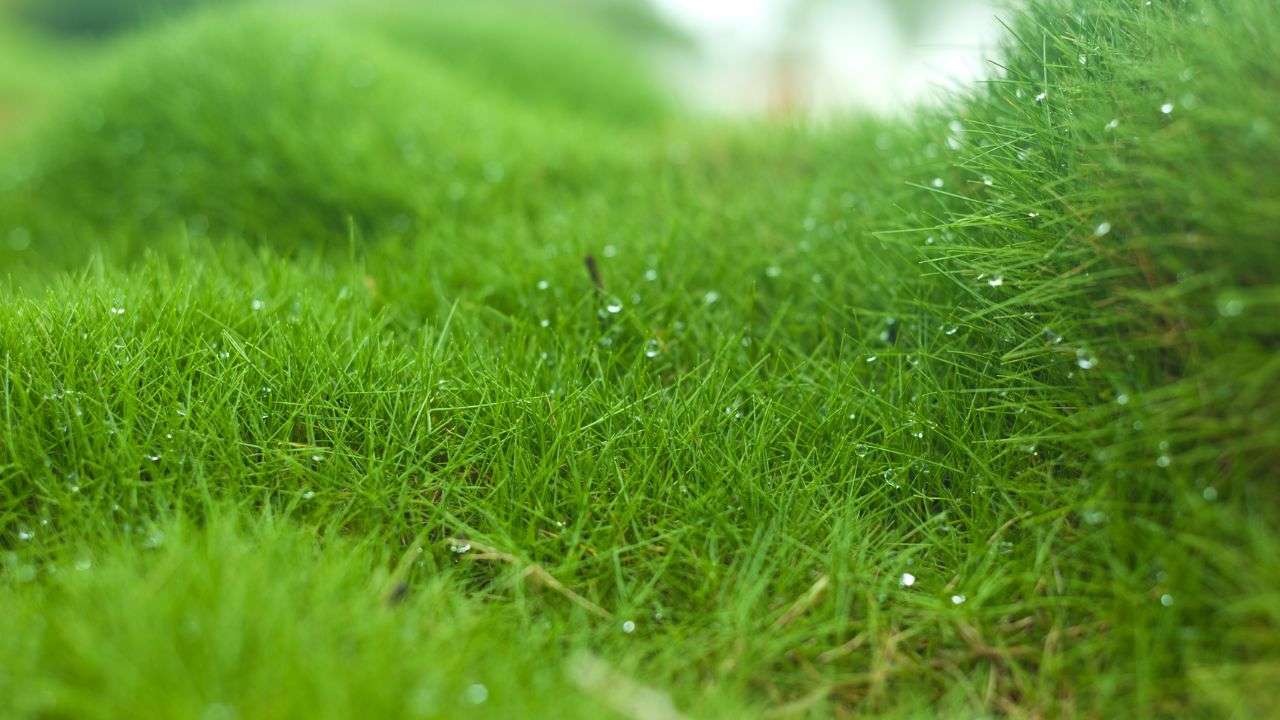
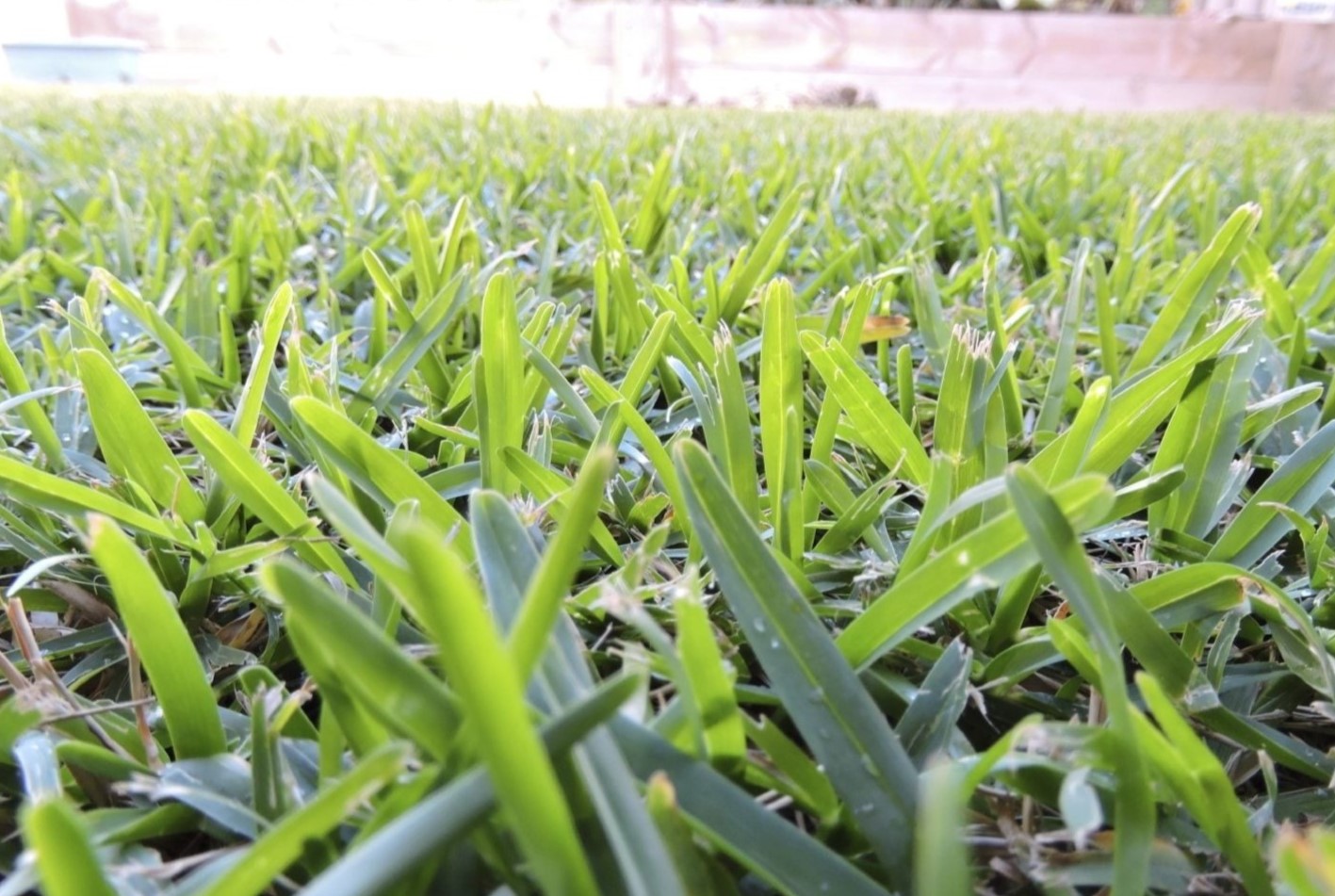
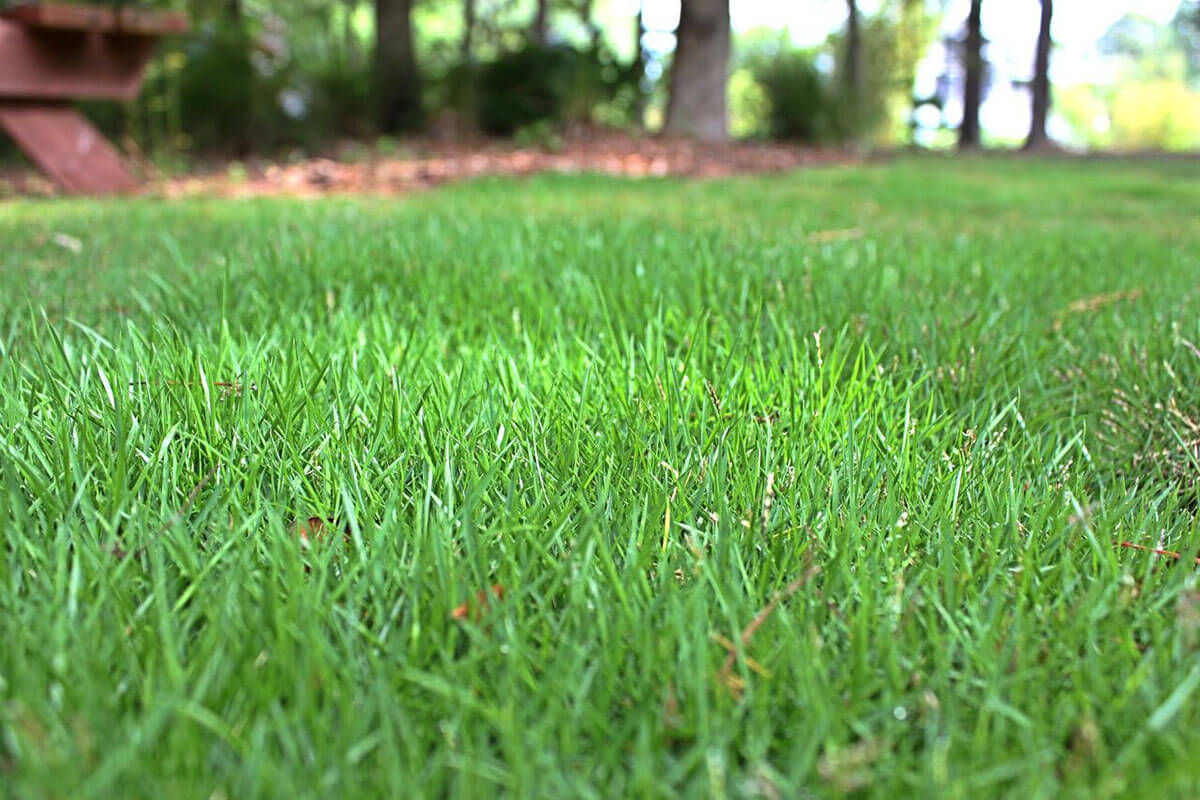
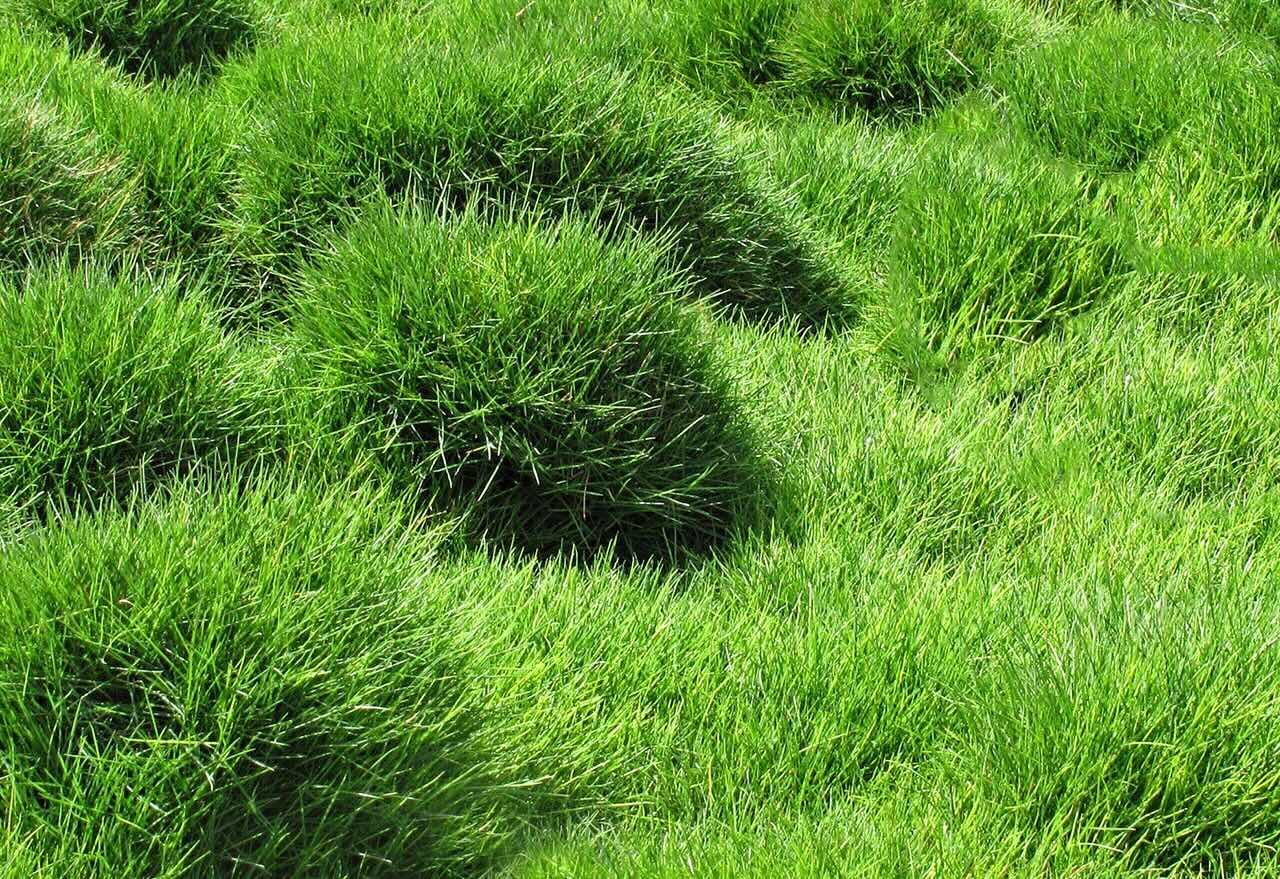
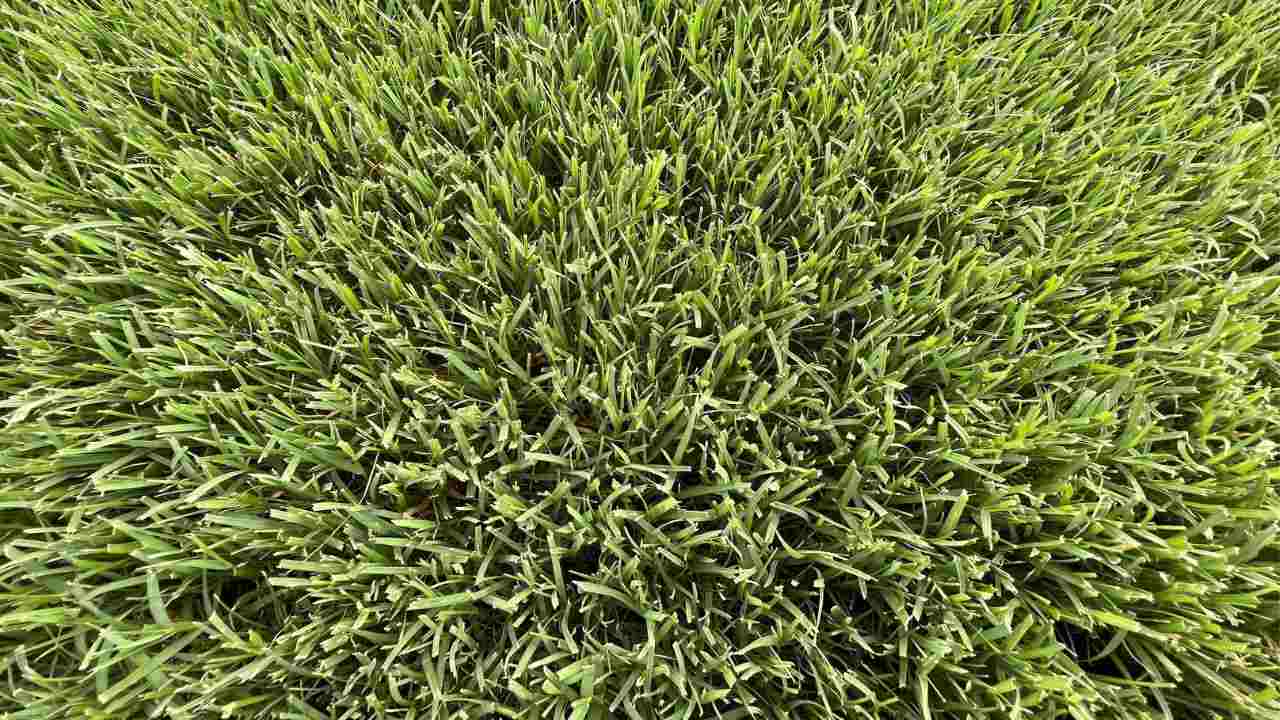
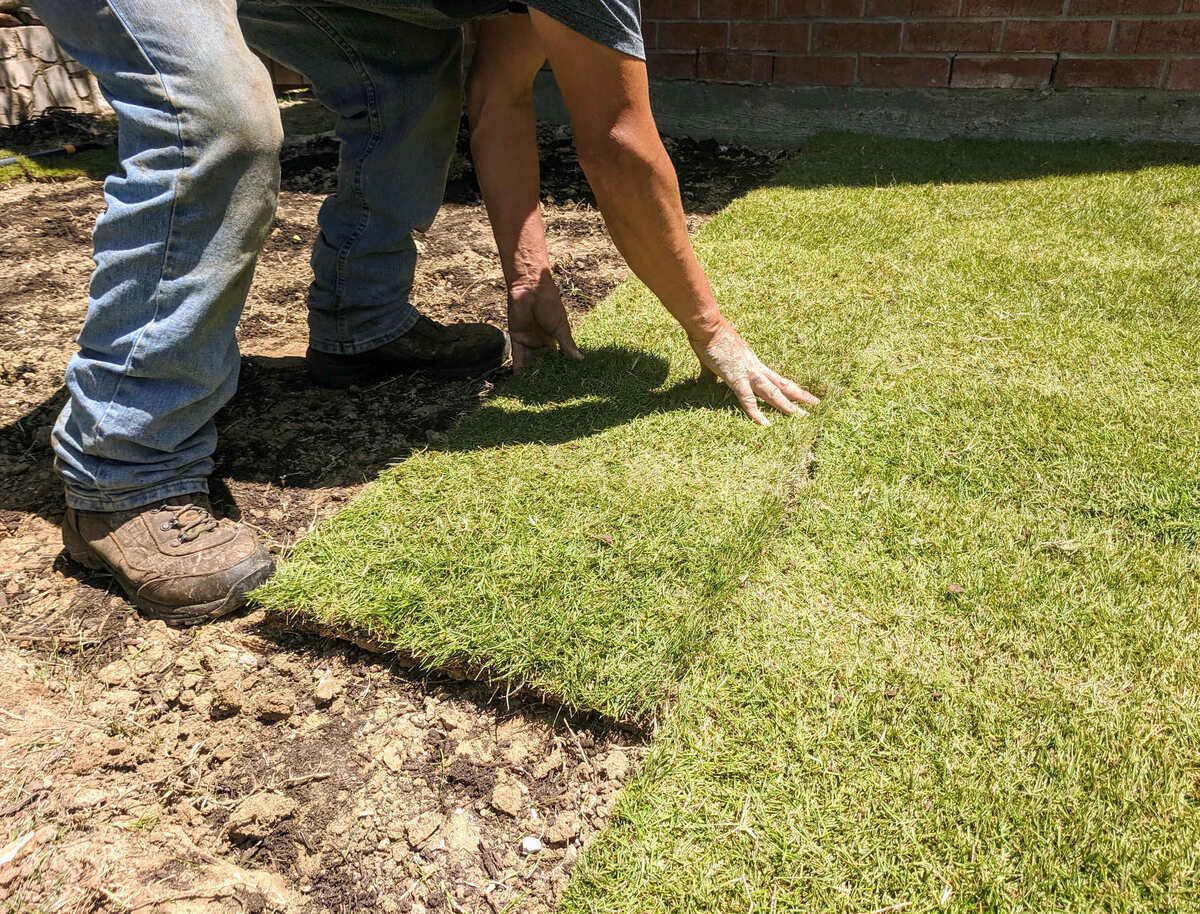
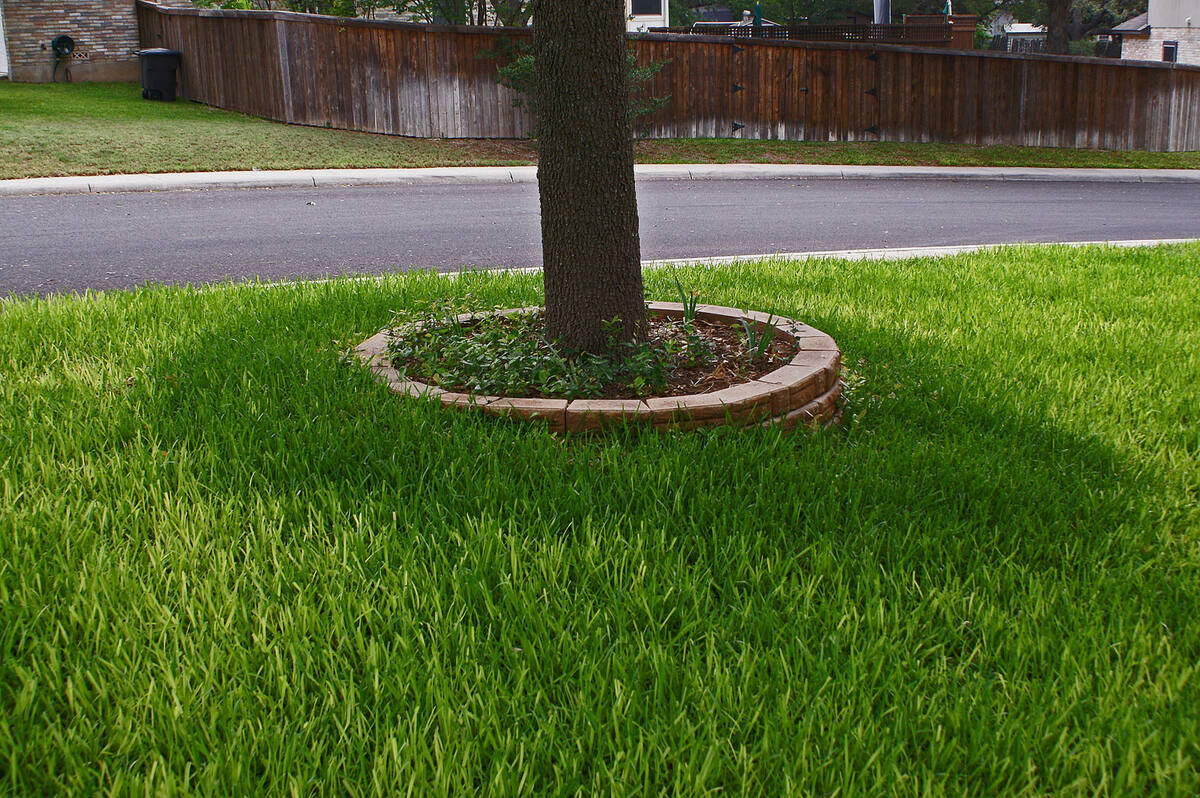
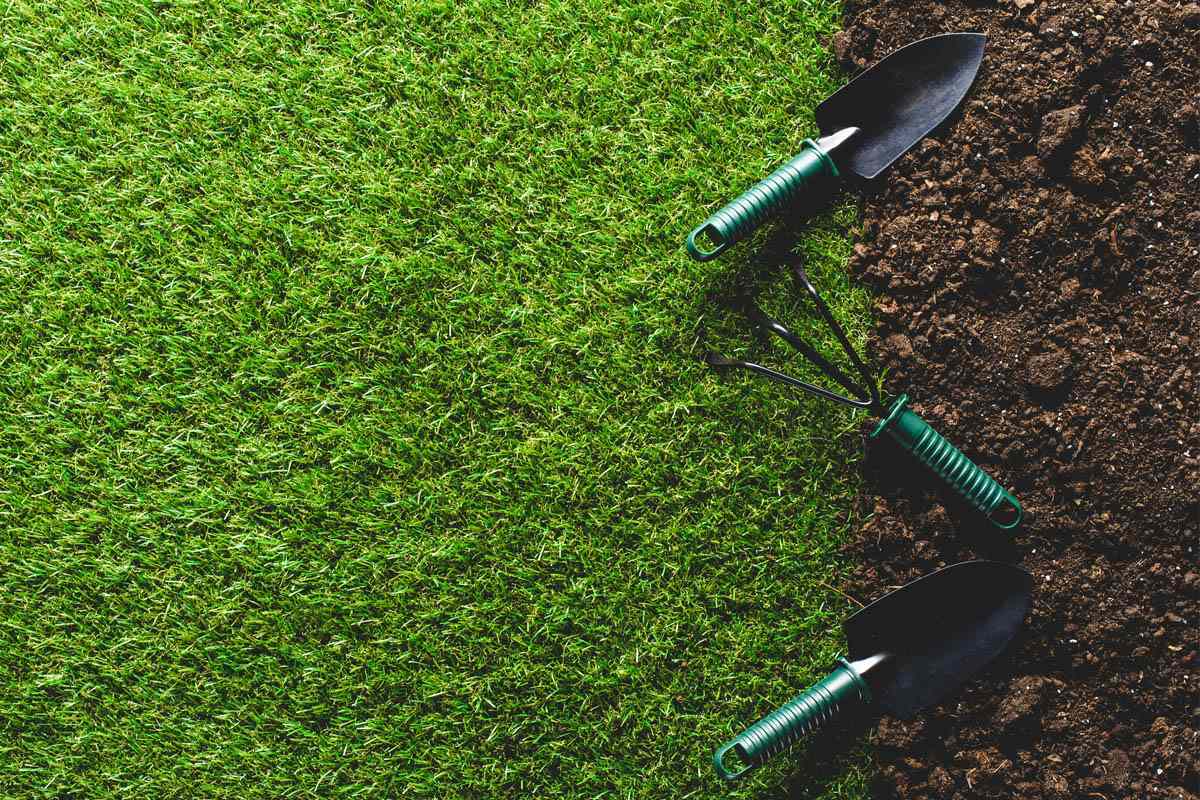
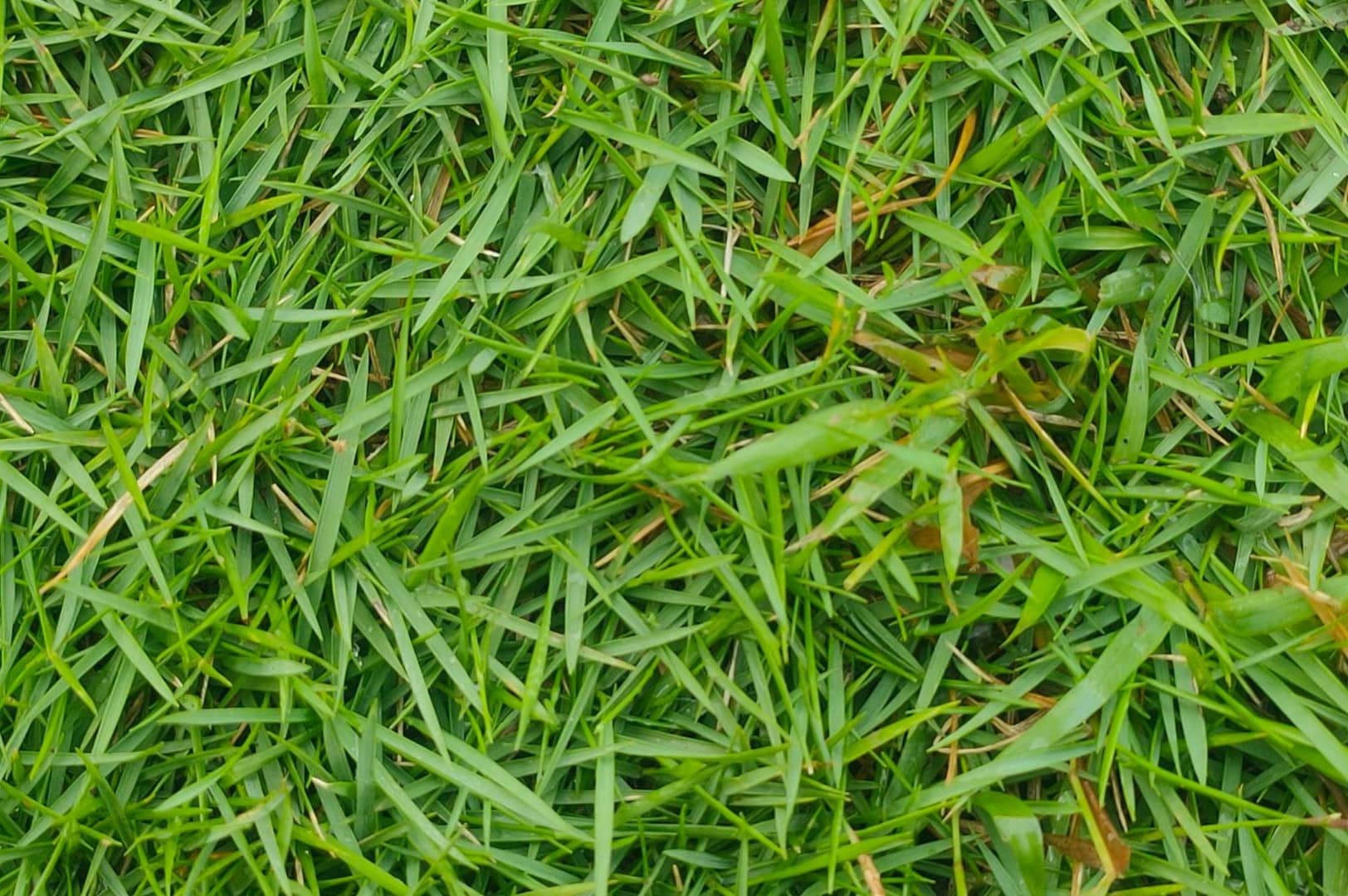
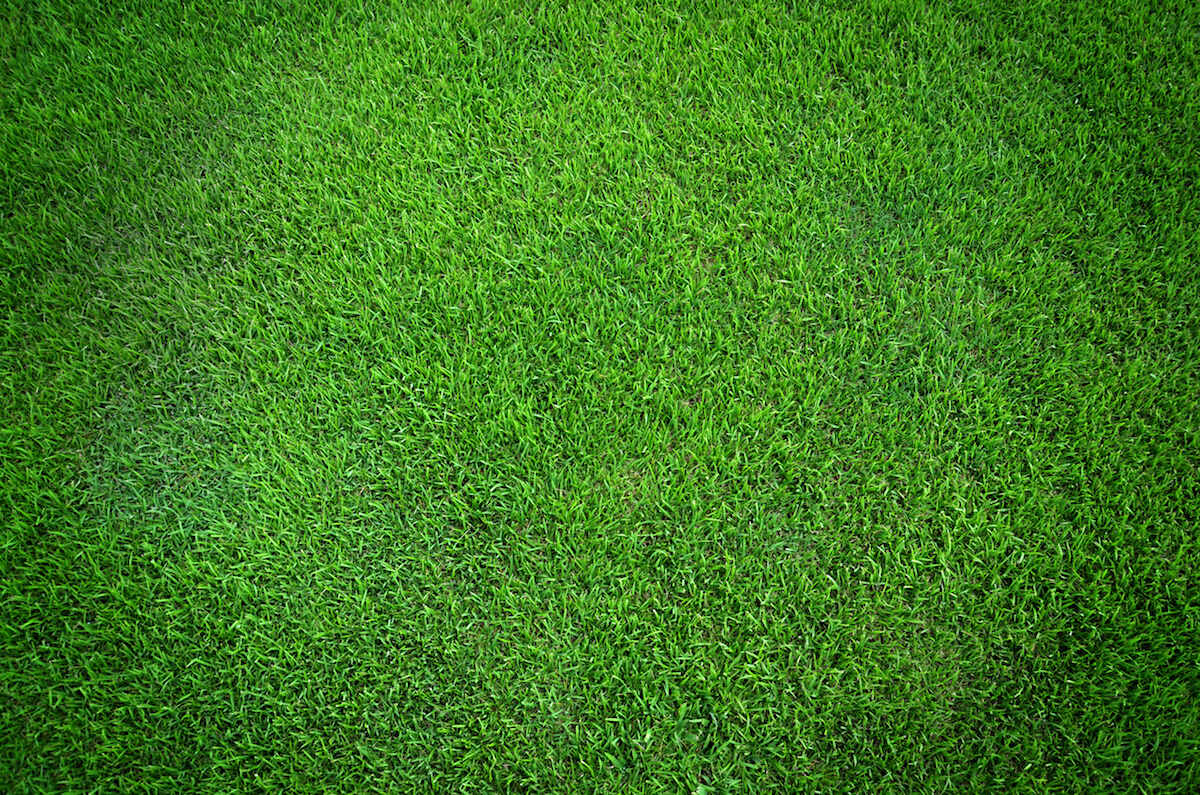
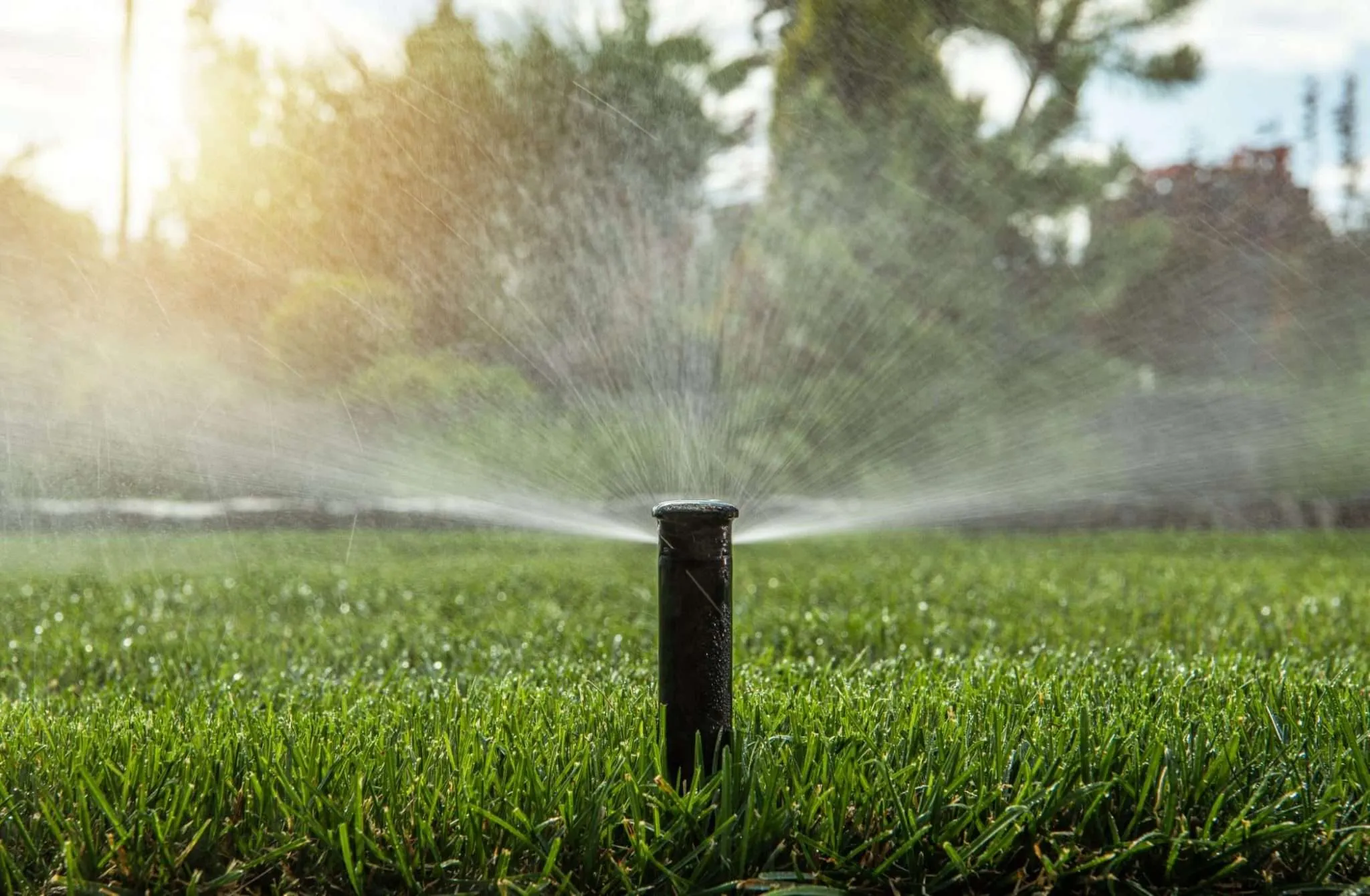
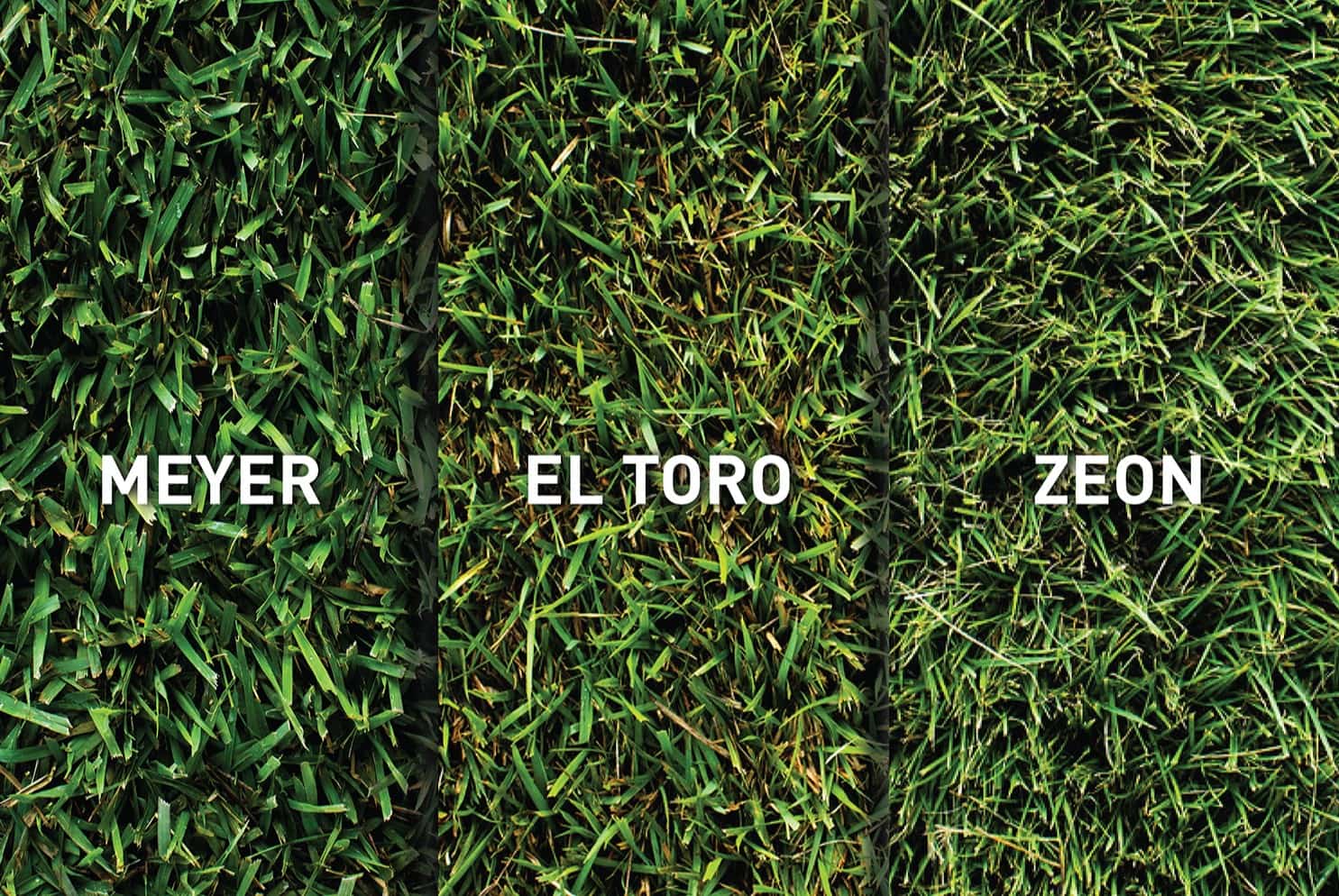
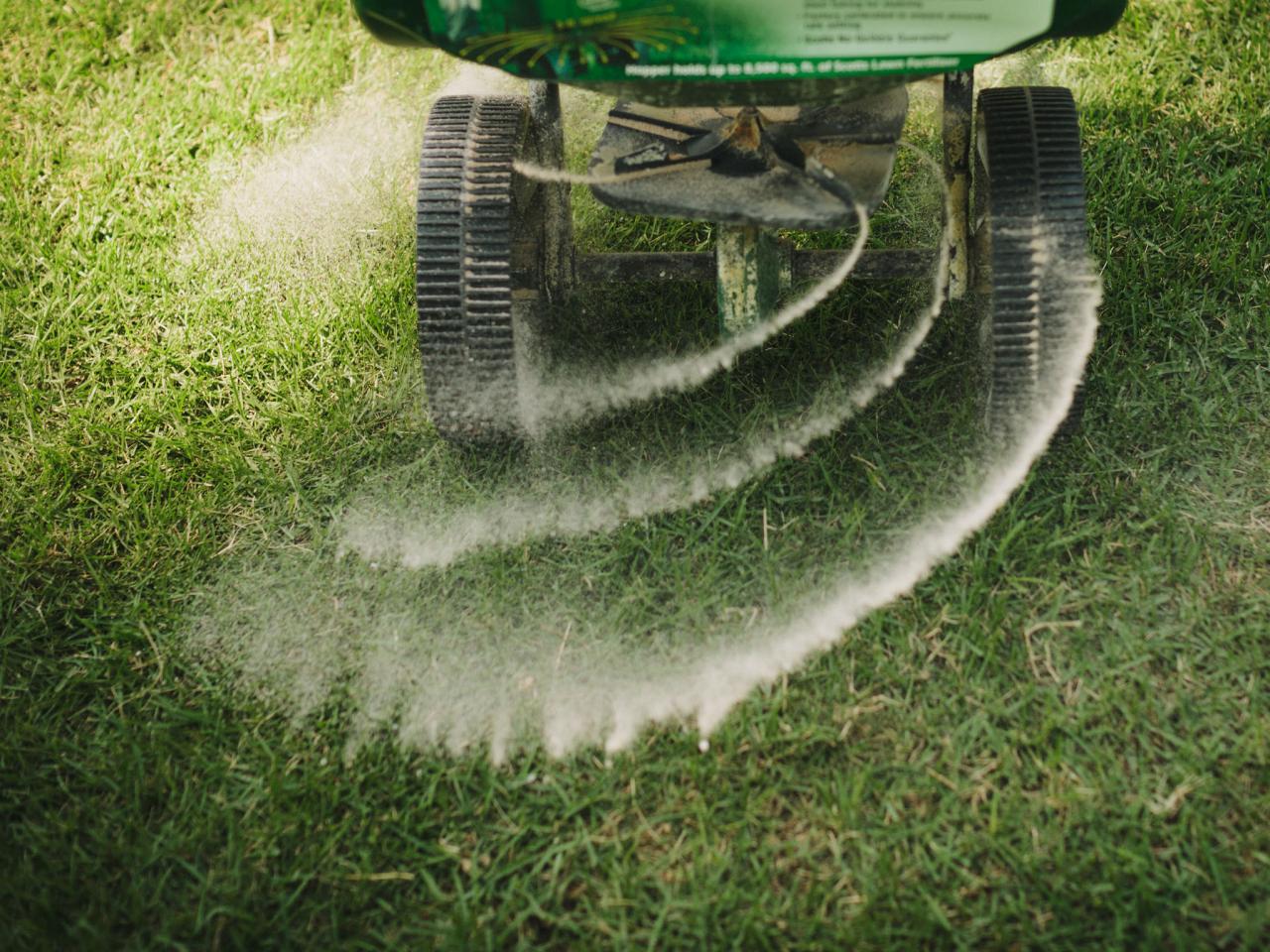

0 thoughts on “How Does Zoysia Grass Spread”